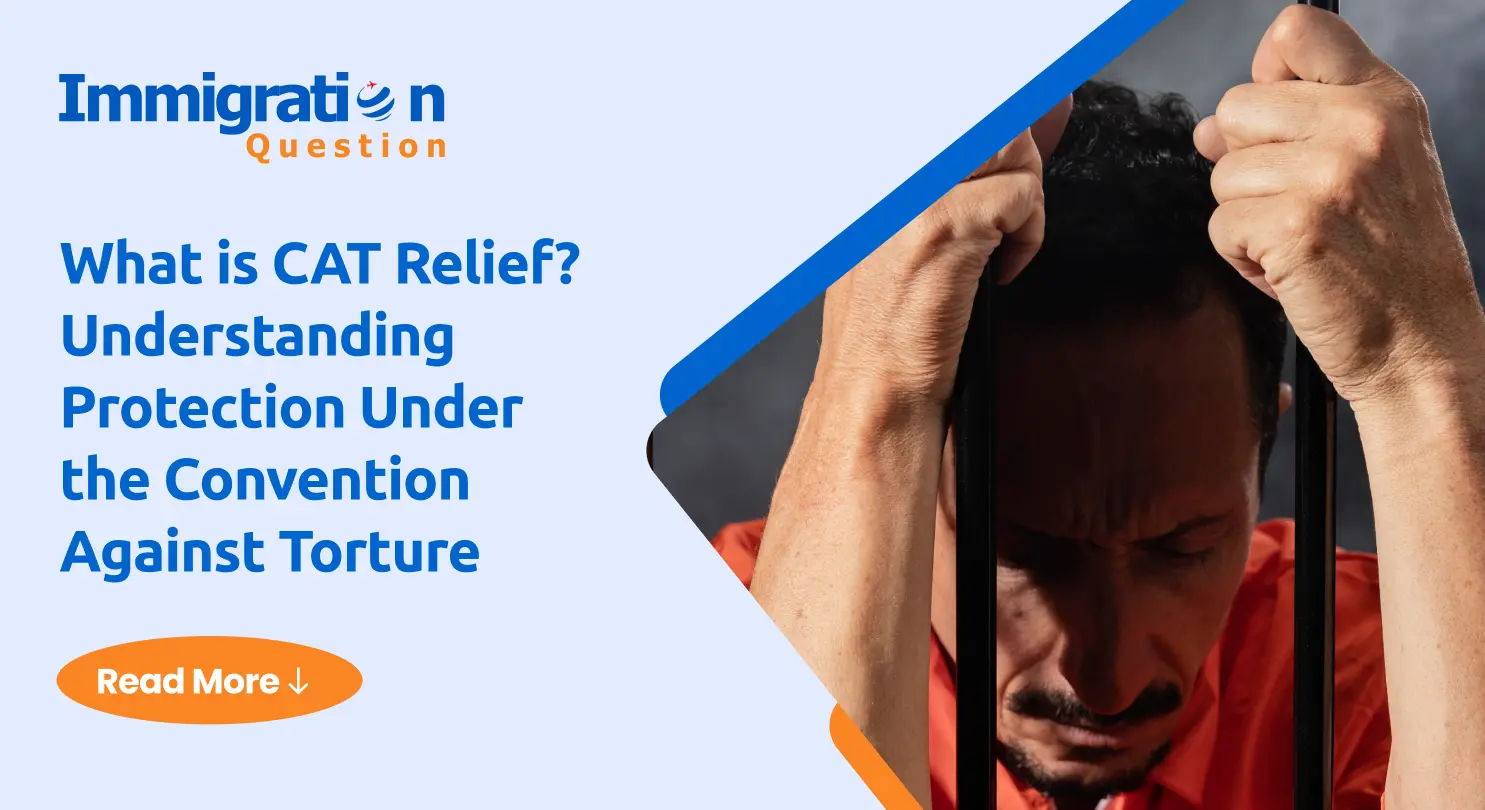Individuals facing deportation who fear torture in their home countries may have a critical protection option even when asylum is unavailable. The Convention Against Torture (CAT) offers a humanitarian pathway for those at risk, regardless of their past actions or immigration status.
What is the United Nations Convention Against Torture?
The United Nations Convention Against Torture and Other Cruel, Inhuman or Degrading Treatment or Punishment (commonly known as the Convention Against Torture) is an international human rights treaty adopted by the UN General Assembly in December 1984. This agreement prohibits torture worldwide and establishes the principle of non-refoulement, which forbids countries from returning people to places where they face serious harm.
The United States signed the treaty in April 1988 and ratified it in October 1994, implementing its provisions through domestic regulations. Unlike some international agreements, the Convention Against Torture has been incorporated into U.S. immigration law, creating binding obligations that immigration judges and asylum officers must follow.
Key provisions of the treaty include:
- Absolute prohibition of torture under any circumstances
- Prevention of returning individuals to countries where they face torture
- Criminal prosecution of torturers
- Victim compensation and rehabilitation
The Convention Against Torture differs from other humanitarian protections because it focuses exclusively on torture rather than broader forms of persecution covered by refugee law.
Confused by complex immigration procedures? Immigration Question gives you access to attorneys who can answer your specific questions with clarity and expertise. Get the guidance you need and find a professional who understands your unique circumstances.
How CAT Relief Works in U.S. Immigration
Relief under the Convention Against Torture in the U.S. is not the same as asylum or withholding of removal. There are two primary forms of protection under CAT:
- Withholding of Removal under CAT
- Deferral of Removal under CAT
Withholding of Removal is granted to individuals who meet CAT eligibility and are not subject to serious criminal bars. Deferral of Removal is a more limited form of protection given to individuals who meet the CAT standard but have certain criminal convictions or are otherwise barred from receiving withholding or asylum.
Unlike asylum, which requires fear of persecution based on specific grounds (race, religion, nationality, membership in a particular social group, or political opinion), CAT protection focuses exclusively on torture, regardless of the reason. Also, CAT relief has no filing deadline, unlike asylum which generally requires application within one year of entering the United States.
Who Qualifies for Protection Under CAT?
To receive CAT asylum or protection, an applicant must demonstrate that it is “more likely than not” (over 50% probability) that they would be tortured if returned to their home country. Under the convention against torture, “torture” has a specific legal definition:
- An act causing severe physical or mental pain or suffering
- Intentionally inflicted for purposes such as obtaining information, punishment, intimidation, or discrimination
- By or with the consent or acquiescence of a public official or person acting in an official capacity
Proving a CAT claim typically requires evidence such as:
- Medical documentation of past torture
- Expert testimony on country conditions
- Human rights reports documenting torture practices
- Evidence of personal risk factors
- Testimony about past experiences
The Application Process
Applying for relief under the Convention Against Torture typically occurs during removal (deportation) proceedings, though it can also be raised during a credible fear interview when facing expedited removal. The process includes:
- Request CAT Relief: Usually filed on Form I-589, alongside asylum and withholding claims.
- Submit Documentation: Include supporting evidence like expert declarations, medical records, and reports on country conditions.
- Court Hearings: You’ll present your case before an immigration judge. You may also face cross-examination from a government attorney.
- Judge’s Decision: The immigration judge will decide whether your case meets the CAT standard.
- Appeals: If denied, cases can be appealed to the Board of Immigration Appeals and potentially federal circuit courts
The burden of proof is on the applicant to demonstrate they would more likely than not face torture, which is a higher standard than the “reasonable possibility” required for asylum.
Benefits and Limitations of CAT Relief
While CAT protection provides essential safeguards against torture, it comes with significant limitations compared to asylum:
Benefits:
- Protection from deportation to the country where torture is likely
- Work authorization may be granted
- Potential release from immigration detention depending on the case
- No filing deadline
- Available despite many bars that would prevent asylum
Limitations:
- No path to permanent residency or citizenship
- No ability to petition for family members
- Possibility of removal to a third country where the individual is not at risk of torture
- Potential for ongoing detention in some cases
- Protection can be terminated if conditions change and the individual is no longer at risk of torture
Conclusion
Relief under the Convention Against Torture may be a last lifeline for individuals facing extreme risk upon return to their home countries. While it offers no path to permanent residence, it can stop deportation and provide legal protection from government-inflicted harm.
If you or someone you know is facing removal and fears torture, don’t wait. Visit Immigration Question to ask specific questions and get answers from attorneys. You can also find an experienced immigration attorney from our network of lawyers to explore whether CAT relief is the right option. The risks are too high to face alone.
Frequently Asked Questions
-
Can I apply for CAT protection outside the U.S.?
No, CAT relief can only be requested from within the United States, typically during removal proceedings or credible fear interviews.
-
Is CAT relief the same as asylum?
No. CAT is separate from asylum and has different eligibility criteria. It focuses solely on the risk of torture, not the reason behind the harm.
-
Does a CAT grant lead to permanent residency?
No, CAT relief does not provide a path to permanent residency or citizenship, unlike asylum, which can lead to a green card after one year.
-
Can my family members receive protection through my CAT case?
No, CAT protection does not extend to family members. Each person must qualify independently.
-
What happens if conditions improve in my home country?
CAT protection can be terminated if the government can show that conditions have changed so that you are no longer likely to be tortured.
-
Can I apply for CAT if I have a criminal record?
Yes, individuals with criminal convictions—even serious ones—may still qualify for CAT protection when other forms of relief are unavailable.






